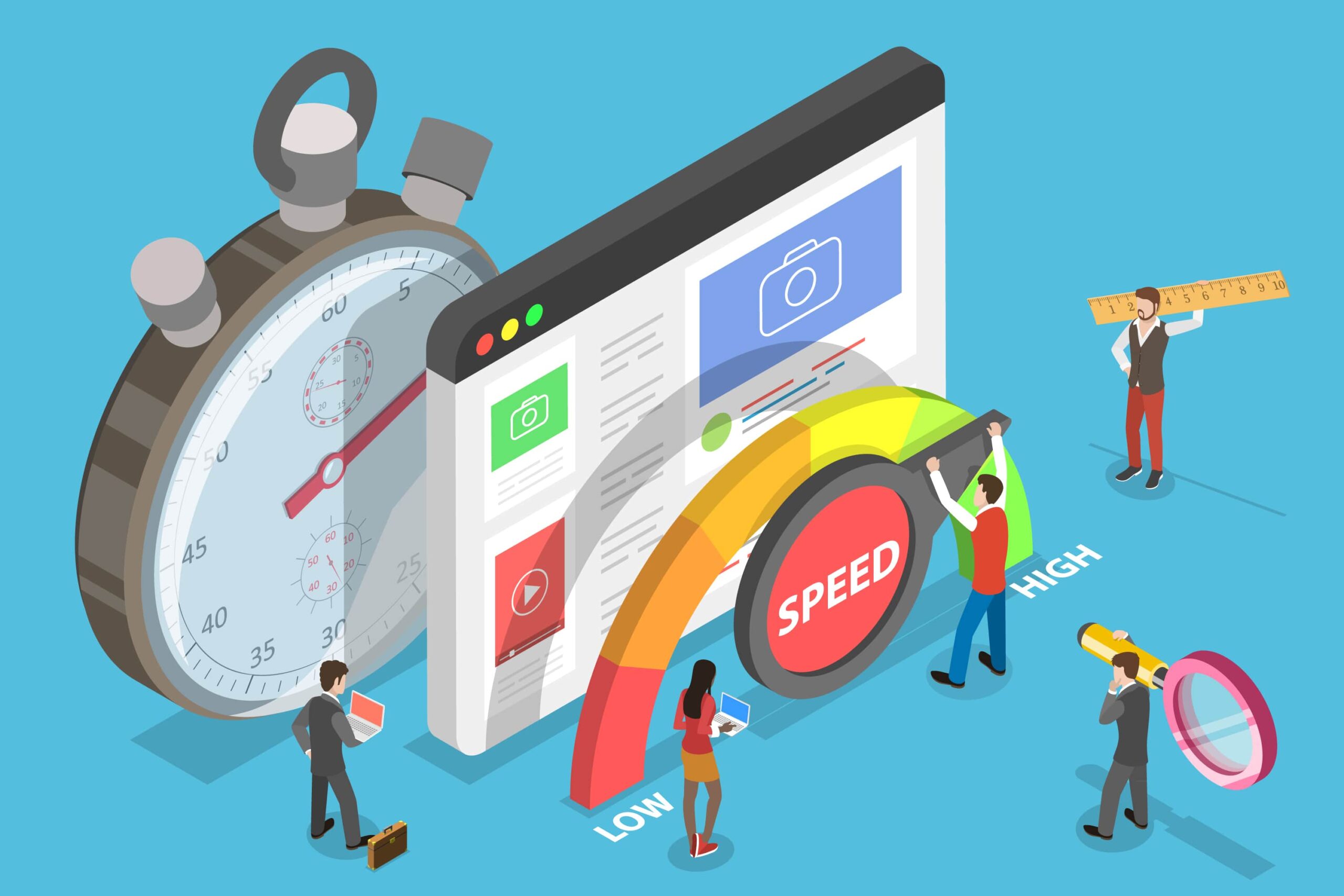In today's fast-paced digital landscape, website optimization plays a crucial role in ensuring a seamless user experience. One of the key aspects of optimization is improving the speed of your website. A slow-loading website can lead to frustrated users, increased bounce rates, and diminished conversions. To provide a better user experience and achieve your business goals, it is essential to focus on speeding up your site. In this article, we will explore effective strategies and techniques to optimize your website's speed.
Understanding the Importance of Website Speed
The Impacts of a Slow Website
A slow-loading website can have far-reaching consequences. It not only affects user satisfaction but also impacts search engine rankings. Research shows that even a one-second delay in page load time can result in a significant decrease in user engagement and conversion rates. Additionally, search engines like Google consider website speed as a ranking factor, which means a slow website may struggle to achieve higher visibility in search results.
Enhanced User Experience
A fast website creates a positive first impression and keeps users engaged. Improved website speed leads to reduced bounce rates and increased page views, as visitors are more likely to explore your content and offerings. A responsive and swift website also enhances user satisfaction, encouraging repeat visits and fostering customer loyalty.
Effective Strategies for Website Speed Optimization
1. Optimize Image Files
Images often contribute to a significant portion of a website's total file size. By optimizing images, you can reduce the load time and enhance website performance. Resize images to the appropriate dimensions, compress them without compromising quality using tools like JPEGmini or TinyPNG, and consider using responsive images that adapt to different devices and screen sizes.
2. Minify CSS and JavaScript Files
Minifying CSS and JavaScript files involves removing unnecessary characters, such as whitespace and comments, without affecting functionality. This optimization technique reduces file size and improves load times. Several online tools and plugins are available to automate this process and simplify implementation.
3. Leverage Browser Caching
By leveraging browser caching, you can instruct visitors' browsers to store certain static files locally, such as CSS, JavaScript, and images. This way, when users revisit your site, the browser can retrieve these files from the local cache instead of downloading them again, resulting in faster page loads.
4. Enable Gzip Compression
Enabling Gzip compression reduces the size of files transferred between the server and the user's browser. This compression technique significantly reduces bandwidth usage and speeds up website delivery. Most web servers and content management systems have built-in options to enable Gzip compression with minimal configuration.
5. Optimize Your Code
Clean and well-structured code not only improves website maintenance but also positively impacts speed. Remove any unused or redundant code, avoid inline CSS or JavaScript, and optimize database queries to minimize server load. Regular code reviews and performance audits can help identify areas for improvement.
Conclusion
A fast-loading website is essential for providing a positive user experience and achieving your online goals. By implementing effective speed optimization strategies like image compression, minifying files, leveraging browser caching, enabling Gzip compression, and optimizing your code, you can significantly enhance your website's performance. Remember to monitor and test your site's speed regularly to ensure ongoing optimization. By prioritizing speed, you will create a smooth and enjoyable user experience that keeps visitors coming back for more.

Comments
Post a Comment